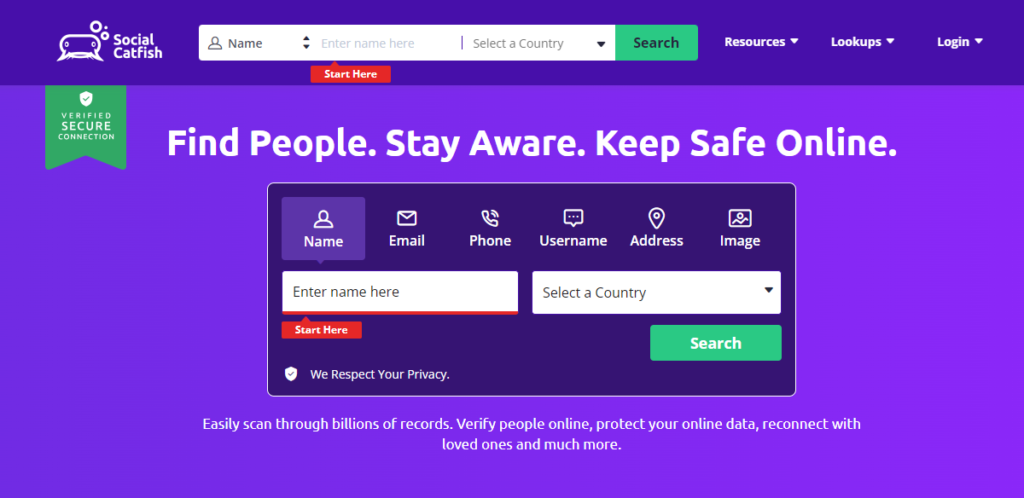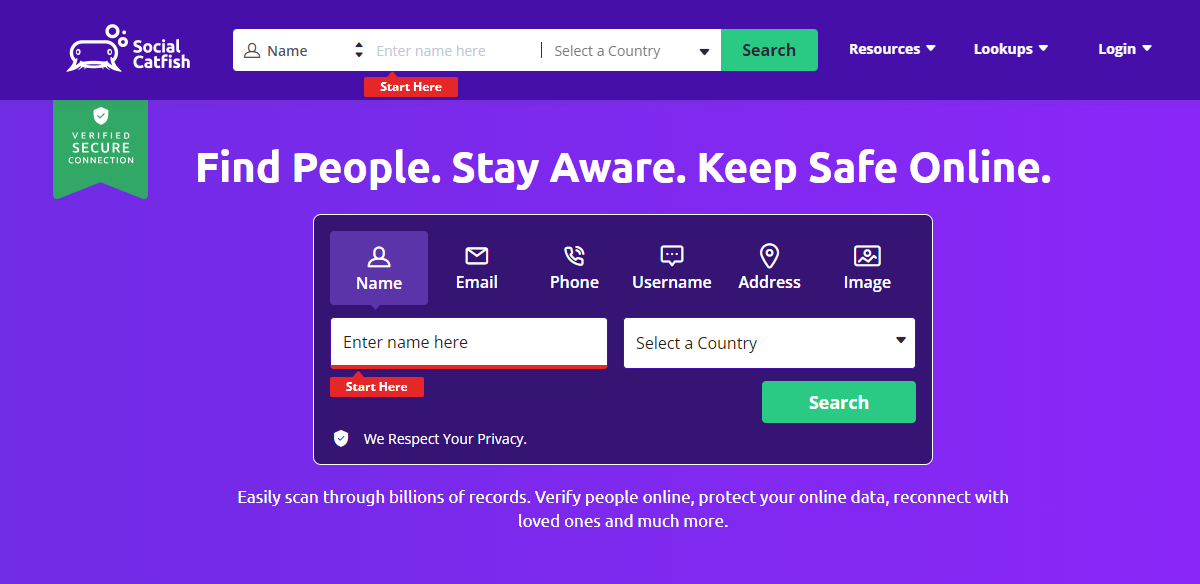Find Out Who Owns an Onvoy LLC Number: More and more people have been saying that they are getting calls or texts from Onvoy LLC lines lately. And to make things even more mysterious, these calls sometimes know the real name of the person they are calling, adding to the mystery. Don’t worry if you’re in a similar situation and not sure whether to answer these calls or texts. This page has all the information you need to do a full Onvoy LLC phone number check and figure out who is calling from this mysterious number.
What are Onvoy LLC Number?
Table of Contents
Of its core, Onvoy, LLC is a Voice over Internet Protocol (VoIP) service company. VoIP makes it possible to send voice and multimedia material over the internet, which makes digital communication easier. Onvoy rents out phone numbers to both people and businesses, which lets them make calls or send texts while connected to the internet. VoIP numbers are flexible because they can be used on any internet-connected device, like computers, smartphones, or specialized VoIP phones. Traditional phone numbers are tied to specific locations or physical phone lines.
But because VoIP lines are easy for many people to use, scammers and robocallers can take advantage of them.
Onvoy Number Lookup



How to Find Out Who Owns an Onvoy LLC Number
You can Use the Below Given Ways to Find Out Who Ownes an Onvoy LLC Number:
Method 1: Google Search
The first step in solving the mystery is to do an easy Google search with the Onvoy LLC number. It’s important to keep in mind that Google’s search results may not be very useful for this method, especially when it comes to social media and deep web data. Still, a full Google search might give you useful information about who or what the caller is.
Method 2: Reverse Phone Number Lookup
A reverse phone number lookup tool is very helpful for a more in-depth investigation. Here are a few trustworthy sites where you can do these kinds of searches:
1. Intelius
Intelius has a huge collection of public records that users can search through to find a lot of information about a phone number. By typing in the Onvoy LLC number into Intelius’ search interface, users can quickly find out who the owner is, their past addresses, and possible social network accounts.
2. BeenVerified
As an advanced phone book, BeenVerified gives you quick answers for checking the validity of a phone number. Users can find out a lot about the owner of an Onvoy number by entering it into BeenVerified’s platform. This includes the owner’s name, linked addresses, and profiles on many social media sites.
Method 3: Use Truecaller for Identification and Blocking
When people are getting a lot of calls or texts from people they don’t know, Truecaller can help them figure out who is calling and stop them. Truecaller’s caller ID feature helps you figure out who is calling, and its reverse number lookup tool lets you quickly find out where a certain number is coming from. But you should really think about the pros and cons of Truecaller before adding it to your conversation tools.
How to Report an Onvoy LLC Number
If you get a lot of junk calls or other strange activities from an Onvoy LLC number, you need to report such activity right away. To tell the carrier about the number, do these things:
- Visit the Sinch Scam Report Page: Given Onvoy’s integration into Sinch, navigate to Sinch’s scam report page.
- Complete the Scam Report Form: Fill out the form with your contact information and details regarding the complaints against the number in question. Adhering to the guidelines outlined alongside the form ensures an effective submission.
- Submit the Report: Once the form is complete, submit it by clicking on the designated button.
Related:
- How to find out who’s texting you Online Free
- 888 Phone Number Lookup | Find Out Who Owns the Toll-free Number
- TextNow Number Lookup Free – Track a TextNow Number (Updated 2024)
Frequently Asked Questions (FAQs)
Q: Are there any free ways to find out who owns an Onvoy LLC number?
A: You can get some basic details from Google and social media searches, but they don’t always work very well. You could also call your phone company or use a reverse phone lookup tool to get more complete information.
Q: Is it okay to look up a phone number online?
Answer: Most of the time, it is acceptable to do a reverse phone number lookup. That being said, it’s important to follow privacy laws and the rules of the websites being used.
In conclusion, getting around in the world of Onvoy LLC numbers requires a diverse approach that combines standard search methods with specialized services and tools. People can successfully figure out where these mysterious communications are coming from and take the right steps to protect their privacy and safety by using the techniques described here.
